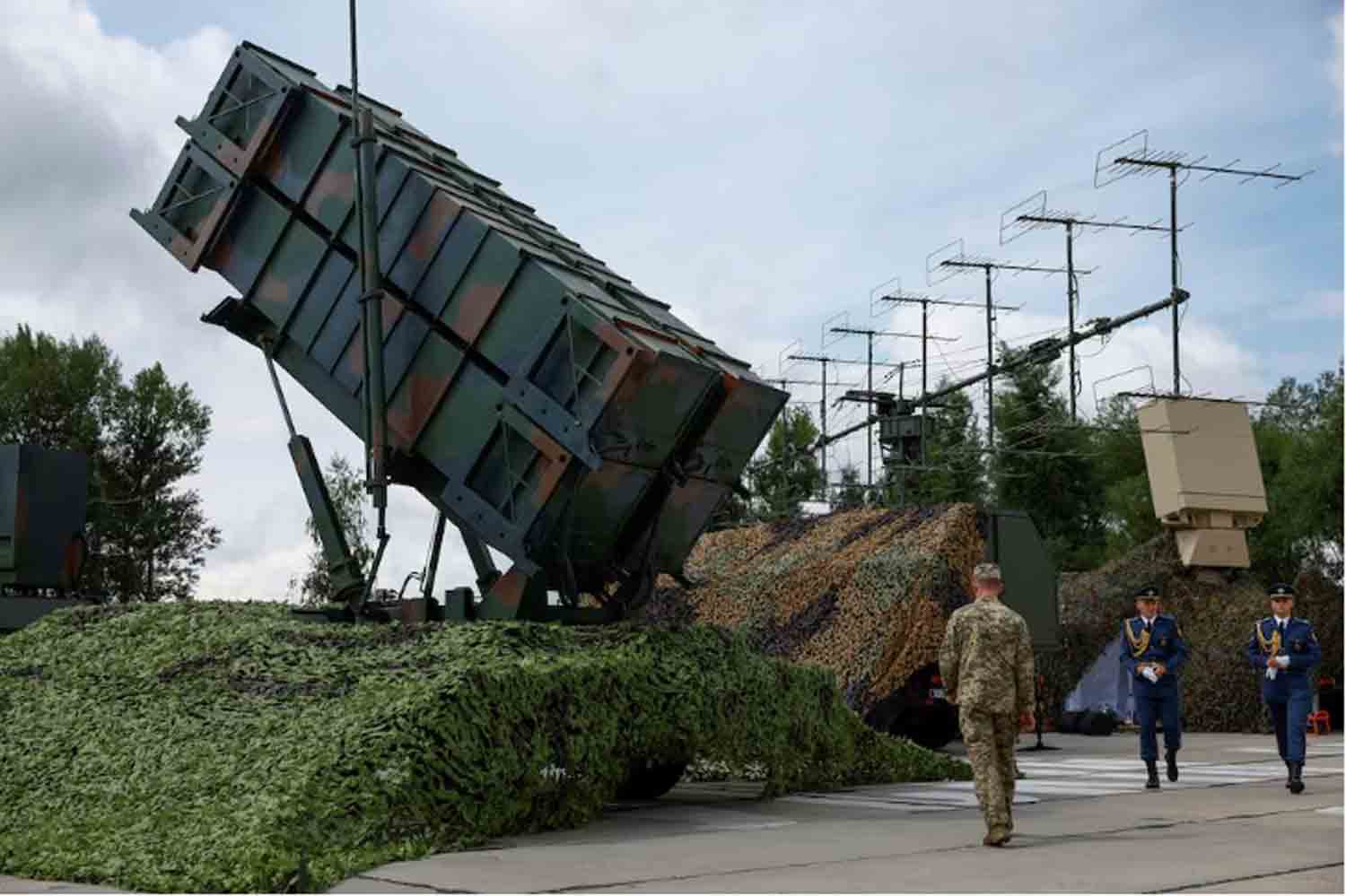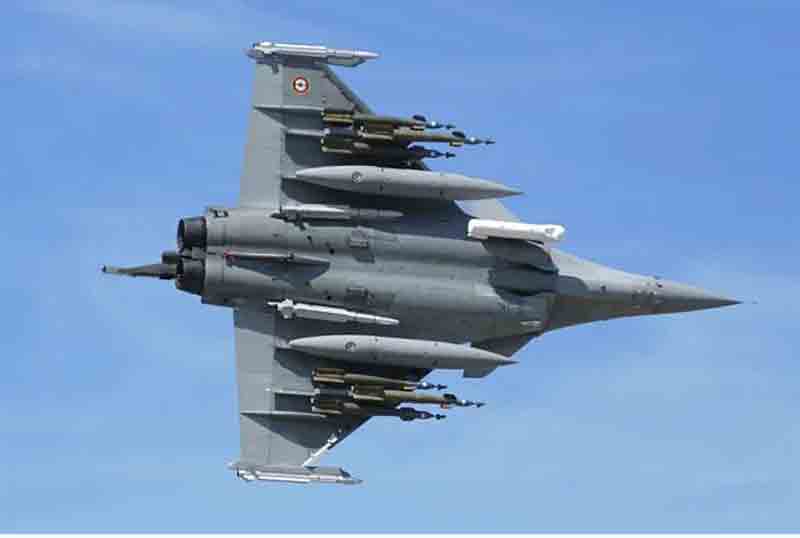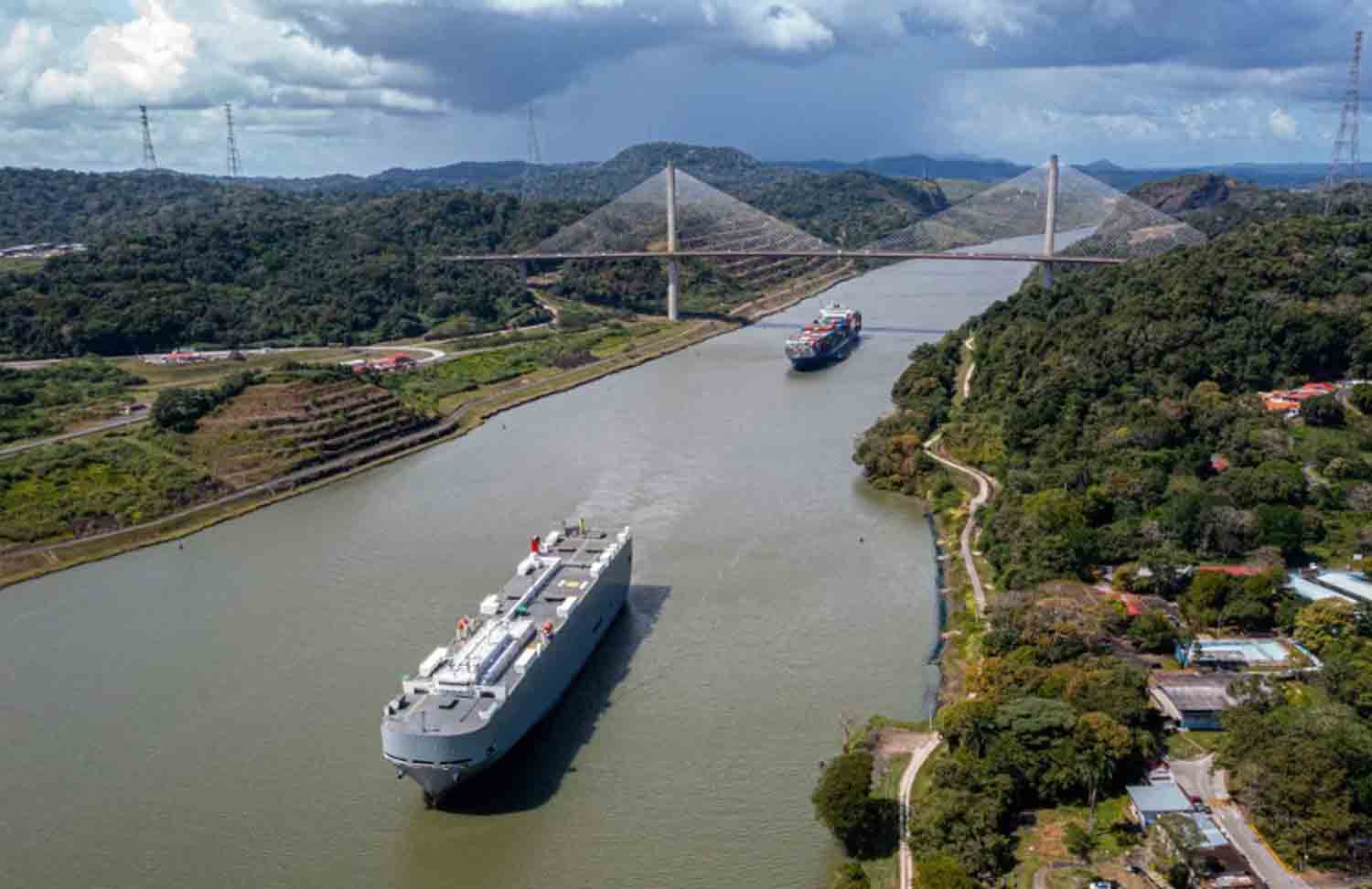On April 4, 2025, The Korea Herald, South Korea‘s leading English-language newspaper, reported that South Korea and the United States have finalized a significant agreement to temporarily relocate U.S. Patriot Advanced Capability-3 (PAC-3) missile defense batteries from South Korea to the Middle East. This unprecedented move represents the first instance of U.S. Forces Korea (USFK) assets being shifted to a different operational theater and indicates a broader adjustment of U.S. defense strategies in light of escalating security challenges in the Middle East.
The decision to redeploy the U.S. Patriot air defense missile systems, which was reached last month, is characterized as a “monthslong” operation involving a partial transfer of these systems. This action not only demonstrates the strategic adaptability of the U.S. military but also underscores South Korea’s evolving role in bolstering American defense efforts beyond its borders. The redeployment occurs amid increasing instability in the Middle East, where rising tensions with Iran and the heightened activities of Iran-aligned militias and Houthi rebels have led to urgent demands for improved missile defense capabilities.
Although the PAC-3 systems are a crucial component of South Korea’s layered missile defense framework, primarily aimed at countering North Korean ballistic missile threats and nuclear capabilities, their temporary withdrawal indicates a strategic and coordinated decision. This also reflects growing confidence in South Korea’s indigenous missile defense systems, such as the L-SAM and KM-SAM, which will continue to safeguard national security throughout the redeployment phase.
From both tactical and strategic perspectives, the repositioning of these systems aims to strengthen U.S. defense capabilities in the Middle East, where immediate threats have intensified. Iran’s growing missile inventory, which includes short- and medium-range ballistic and cruise missiles, presents a serious risk to U.S. forces and their regional partners. The PAC-3 batteries play a vital role in mitigating these threats, providing advanced interception capabilities that enhance the overall robustness of regional defense systems.
Beyond conventional state threats, this redeployment also tackles the asymmetric challenges posed by non-state actors. Groups supported by Iran, such as the Houthis in Yemen and various militias in Iraq and Syria, have increased their assaults using drones and missile systems aimed at critical infrastructure, commercial routes, and military sites. The PAC-3’s precise interception capabilities significantly bolster the defense of high-value targets throughout the Middle East.
Moreover, the deployment of these advanced air defense systems holds strategic signaling significance. It reassures key regional allies—including Saudi Arabia, the United Arab Emirates, and Israel—of the United States’ unwavering commitment to regional security. At the same time, it serves as a deterrent to potential adversaries, clearly indicating that the U.S. is ready to protect its interests and those of its allies through decisive and advanced technological measures.
This redeployment highlights the U.S. military’s commitment to maintaining a flexible force posture. Given the limited global supply of Patriot missile batteries, reallocating resources from relatively stable areas like South Korea to more unstable regions ensures that assets are deployed where they are most critically needed. This strategy reflects the U.S. ability to swiftly adjust to changing global security conditions without the necessity for long-term procurement or increased forward deployments.
Central to this operation is the advanced Patriot PAC-3 air defense missile system, recognized as one of the most sophisticated missile defense technologies in use today. The PAC-3 is engineered to accurately engage and neutralize airborne threats using hit-to-kill kinetic technology, which allows it to destroy targets through direct impact rather than relying on explosive warheads. This method significantly enhances interception precision and reduces the risk of collateral damage.
From a technical standpoint, the PAC-3 can achieve speeds between Mach 4 and 5, with effective interception capabilities extending up to 35 kilometers for ballistic missile defense and around 20 kilometers for cruise missiles and aircraft. It is equipped with the robust AN/MPQ-65 radar system, which can track over 100 targets simultaneously and engage multiple threats at once. Each launcher can accommodate up to 16 PAC-3 missiles—four times the capacity of earlier Patriot models—enabling it to effectively counter saturation attacks, such as those involving swarms of drones or multiple missiles. Its mobility facilitates quick deployment and repositioning, which is essential in rapidly changing conflict zones like the Middle East.
The advanced capabilities of the PAC-3 make it particularly effective in addressing the varied and rapidly changing threats present in the Middle East. It is adept at countering Iranian ballistic missiles, cruise missiles launched from both land and sea, as well as coordinated drone attacks from non-state actors. The PAC-3 enhances the region’s defense framework with its high level of technological innovation and operational efficiency.
This temporary redeployment signifies a crucial development in U.S. military management and diplomatic relations. It illustrates how the United States utilizes global alliances, such as its partnership with South Korea, to address emerging threats promptly. For South Korea, this action underscores its strengthening strategic ties with the U.S. and its increasing confidence in its missile defense capabilities. It also emphasizes Seoul’s commitment to contributing to international peace and security beyond its own borders.
While the Patriot PAC-3 air defense missile batteries are anticipated to return to South Korea after their deployment in the Middle East, this operation represents a transformation in the deployment of U.S. military assets in a swiftly evolving geopolitical landscape. As tensions in the Middle East escalate, this redeployment conveys a strong message: the United States and its allies are ready to respond decisively and strategically to protect their mutual interests with the most advanced defense technologies at their disposal.
Discover more from Defence Talks | Defense News Hub, Military Updates, Security Insights
Subscribe to get the latest posts sent to your email.





